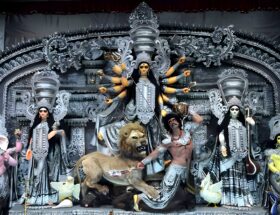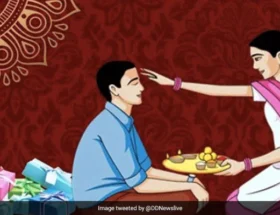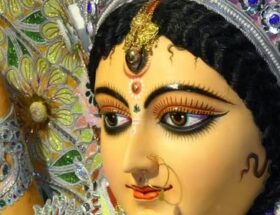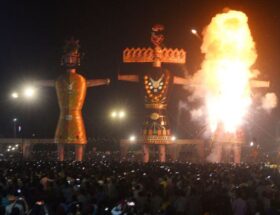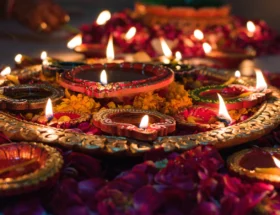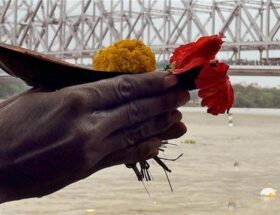Goa Carnival: Unbashed Ravelry, Overflowing Culture and Colour
Introduction to Goa Carnival
Goa Carnival Celebration is a lively formal expression of revelry that takes place every year on the beach borders of Goa, India. Goa Carnival Celebration is, in fact, a four-day festival with Portuguese tradition developments that expanded to be an event with very great music and dance, and colorful processions. In fact, people visit in myriad numbers from all across the world to take a look at the carnival, through which the vigorous culture and life of this Indian state are depicted.
History and Origins of Goa Carnival Celebration
It has a long history dating back to the Portuguese colonial period. First organized in the 18th century as a fiesta for the regional Catholic population, down the years, it ended up as an event that allowed everybody and anybody to enjoy. Today, it showcases the tapestry of culture that Goans are and the legendary history of adjusting to different cultures.
Grand Parade
The culminating activity of the Goa Carnival is truly interesting. Indeed, it is highly professional, bright, and colorful, with a lot of pomp and drama and a lot of decorations. Brightly colored Goan folk music, dances, and floats make the whole celebration more. The participants add a tale of Gale by telling a bright story so interesting that it makes one pontificate over what it all means. Such great big towns spread over the cities of Panaji, Margao, and others; this makes the place energetic and exuberant.
Music and Dance Extravaganza
Music is the life force of Goa Carnival. Traditional Goan bands, in association with modern musical groups, harmonize their acting music with the air. Fast, pulsating beats of the drum with a blend of trumpet and guitar create a rhythm that nobody can resist from dancing. Ancient forms of dances—Mando and Dekhni—vis a part of the distinct cultural identity of Goa.
Traditional Goan Cuisine
The festival could not be complete without such mouth-watering food. The Carnival has seen lines of food stalls, and each had everybody, even a passer-by, finding his share of the traditional Goan cuisine. From the tangy pork sorpotel back to the sweet bebinca, Carnival promises visitors a colorful culinary experience.
Ergo, the Goan roads are actually painted scarlet by the setting sun and vibrate with the beats of street parties and live performances. Local and international DJs playing tracks live really make the whole city look like one big open-air club. The Carnival spirit is such that people never stop shaking a leg throughout the night. One just gets infected by the energy that gets pumped up, for the ambiance becomes electric, making it etched in his memory forever.
When and Where to Experience Goa Carnival
Goa Carnival Celebration
The Goa carnival is celebrated at the beginning of the solemn period of Lent, observed in other countries at the end of winter, between February and March. This is marked as a prelude to the beginning of the solemn period of Lent. The most pompous celebration, so to say, is held in Panaji, the Goa State Capital, with other cities such as Margao, Vasco, and Mapusa organizing street parades and other shows.
It’s this lively ball of red and black that draws the curtain down on The Carnival, surely one of the most beautiful balls to make one final goodbye to fun and frolic that spans days until it all comes to an end.
Tips for Travellers
Coming to Goa this Carnival? Just go through the following few tips, and this experience shall really be etched in your mind forever:
Early Booking: Accommodation fills up in a flash. So make bookings for your stay much in advance. Keep Yourself
Hydrated: The weather may get quite warm, so let yourself stay hydrated, especially if you plan to join the street parties. As much as it is the Carnival, it is necessary to have respect for the local customs and traditions.
Conclusion:
More than anything else, it is this vibrant day of the Goa Carnival: the colors of representation of life, live culture, and that never-say-die spirit of Goa, through which most of us seem absolutely at home. Every nook and corner of Goa, India, bursts with the vibrant celebration of this annual colorful festival. For many people, the million parades, along with the lively music, dance, and diverse cultural programs, truly attract their attention. The carnival in Goa showcases the rich traditions and Portuguese heritage that define this enchanting land.
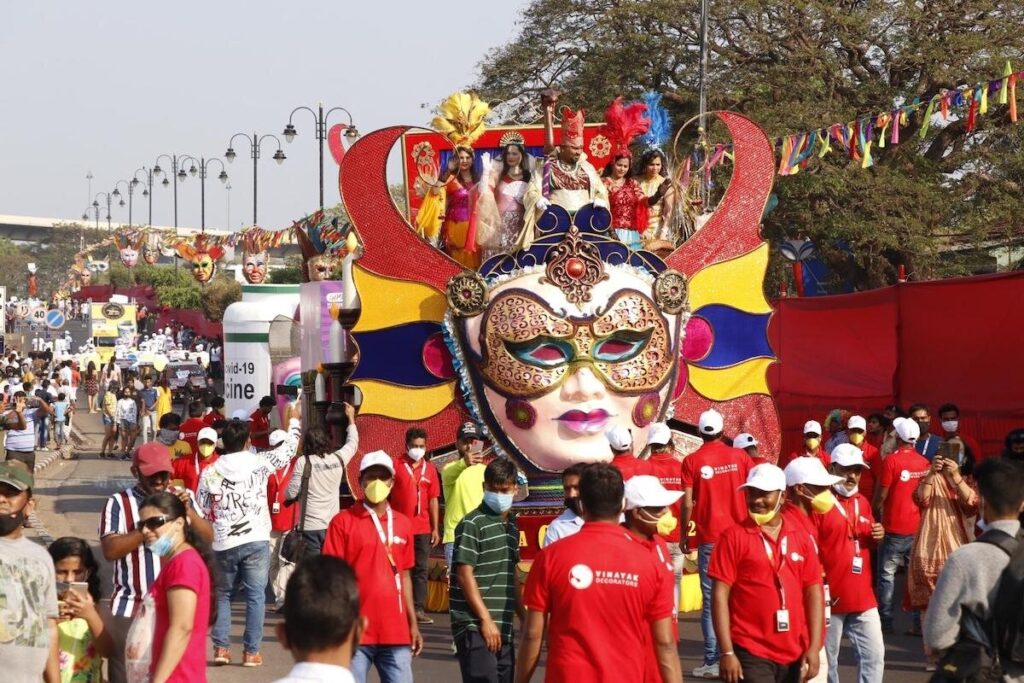
Sarees that women can wear in this festival: Brown Mulmul Cotton Saree
FAQs on Goa Carnival
1. What is Goa Carnival?
Every nook and corner of Goa, India, bursts with the vibrant celebration of this annual colorful festival. For many people, the million parades, along with the lively music, dance, and diverse cultural programs, truly attract their attention. The carnival in Goa showcases the rich traditions and Portuguese heritage that define this enchanting land.
2. When is the Goa Carnival celebrated?
This carnival occurs in the period between February and March before the Lent. It thus occurs either in the first week or in the middle weeks of these months. The dates therefore keep changing every year with the Christian calendar.
3. Where is the Goa Carnival?
Other important carnivals are organized in Margao, Vasco, and Mapusa.
4. What are the highlights of Goa Carnival?
A grand parade garnished with colorful decorations of the floats; beautiful traditional musical and dance performances of old Goa; unlimited fun of street parties; and the Red and Black Dance are some of the major events.
5. Is the Goa Carnival open to all?
Yes, the Goa Carnival welcomes everybody. That means anyone can participate in the revelry. All these programs patronize the local mass of tourists and locals alike who indulge in these events.
6. How to dress at the Goa Carnival?
The most vital factor of what you wear would be light, comfortable clothes that enable you to breathe primarily. Colorful attires and masks that participate in the festive spirit go very well, but most of the participants can shave up accordingly.
7. Are there any special dishes for the Goa Carnival?
In fact major dishes in the menu of Goa Carnival are nothing but traditional Goan dishes like Pork Sorpotel, Vindaloo, Bebinka, etc. Stalls of foods from local tastes
8. How can I participate in the Goa Carnival?
You could join parades or street party dances, or just enjoy some cultural performances. Some events will even let you volunteer or jump on a float.
9. Can tourists participate in the Goa Carnival?
Yes, Goa Carnival is very safe for all tourists. Though, like with every other mass congregation of this dimension, one just needs to keep their eyes open and take proper care of their belongings.
10. What is the Significance of Red and Black Dance?
Ball dancing marks the last festivities of the Goa Carnival. It is probably the most popular because of the presence of a Red and Black Dance. Clad in red and black costumes, the people dance with a musical evening on.

